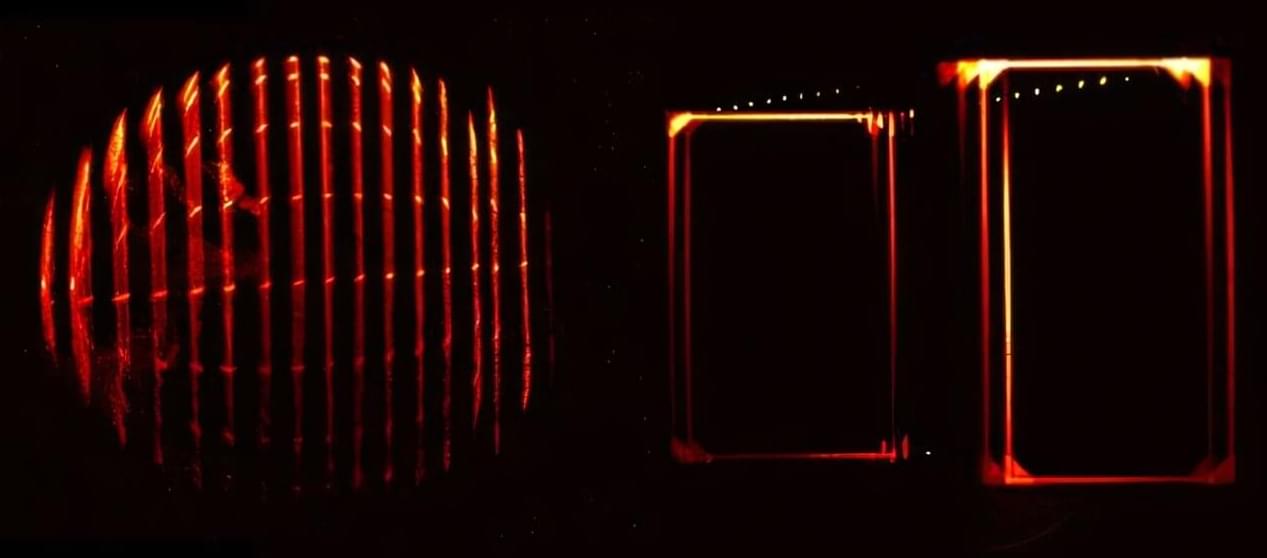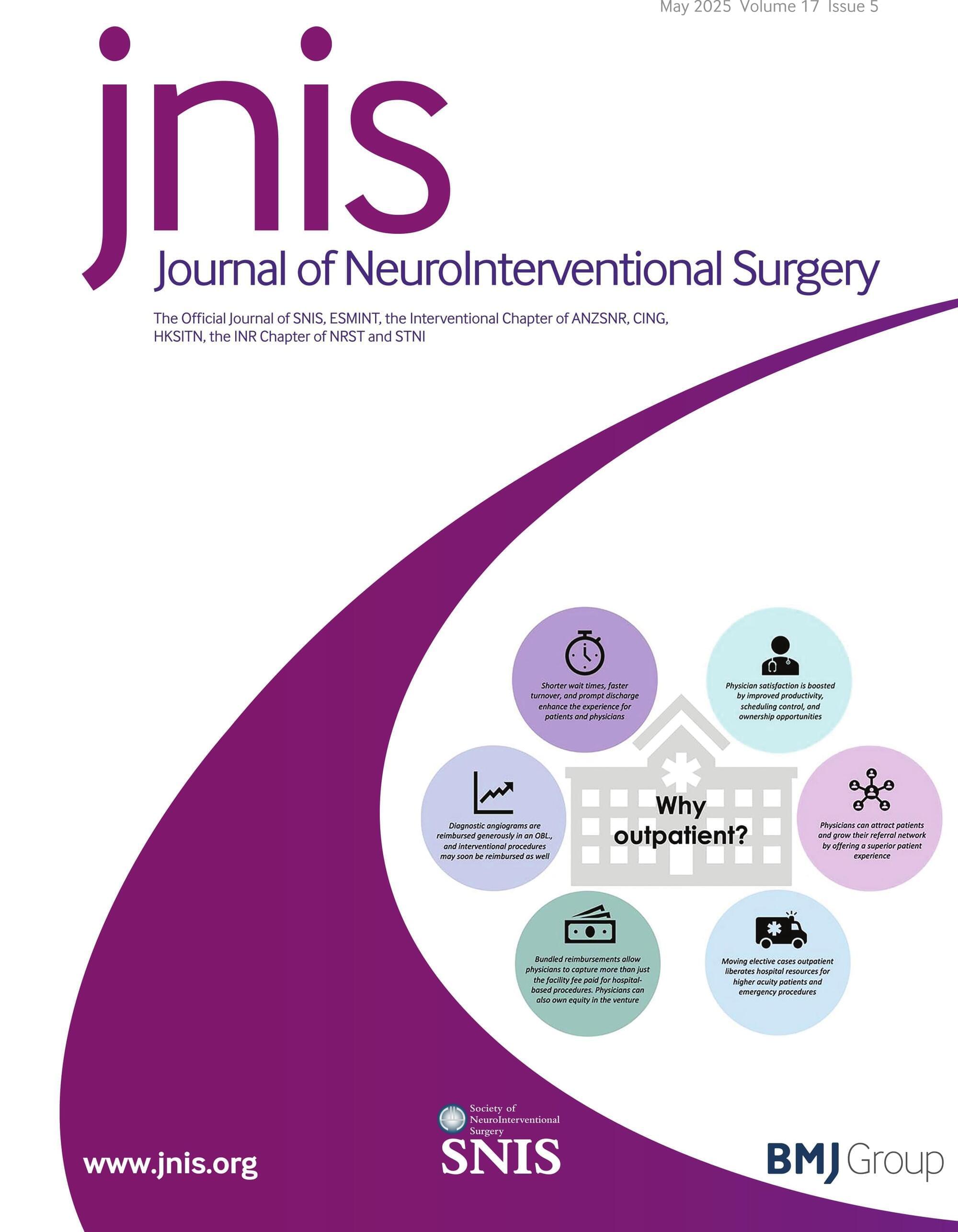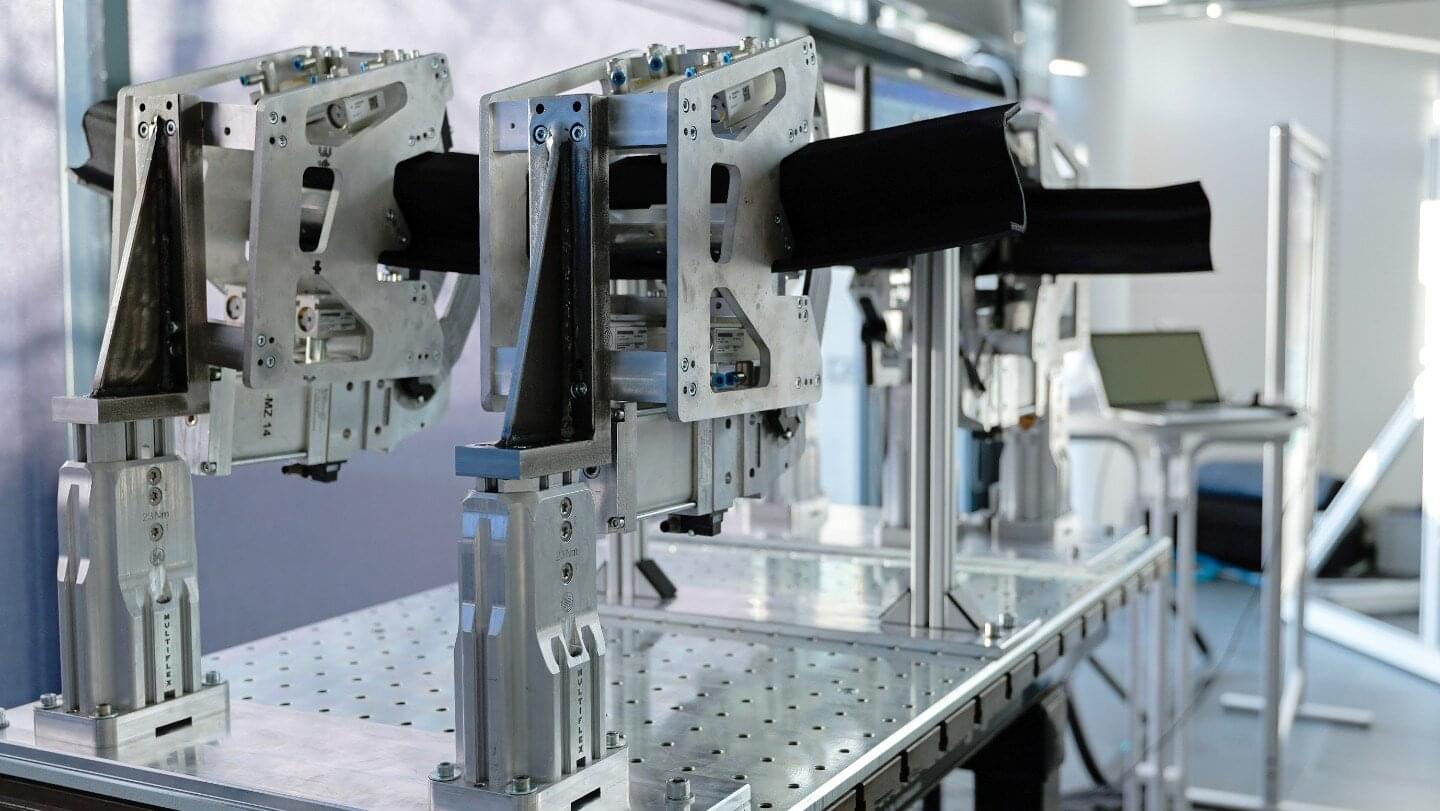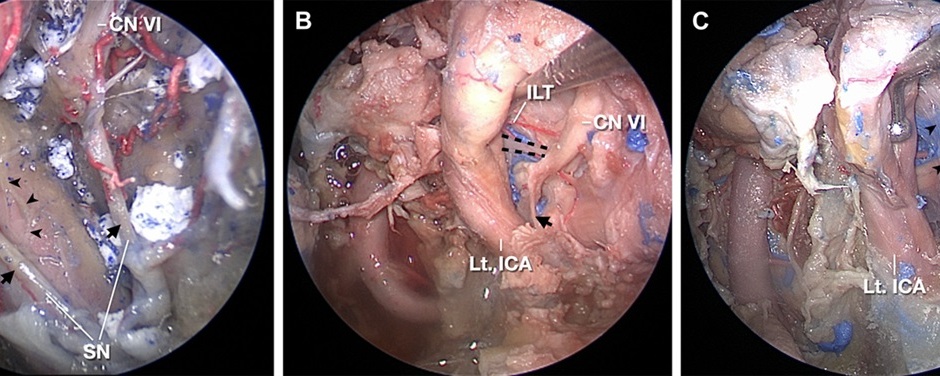Managing complex medication schedules could soon become as simple as taking a single capsule each day. Engineers at the University of California San Diego have developed a capsule that can be packed with multiple medications and release them at designated times throughout the day.
The advance, published in Matter, could help improve medication adherence and health outcomes by eliminating the need for patients to remember taking multiple drugs or doses at various times each day. It could potentially reduce the risk of missed doses or accidental overdoses.
“We want to simplify medication management with a single capsule that is smart enough to deliver the right drug at the right dose at the right time,” said study first author Amal Abbas, who recently earned her Ph.D. in chemical engineering at the UC San Diego Jacobs School of Engineering. She spearheaded this work with Joseph Wang, a professor in the Aiiso Yufeng Li Family Department of Chemical and Nano Engineering at UC San Diego.









